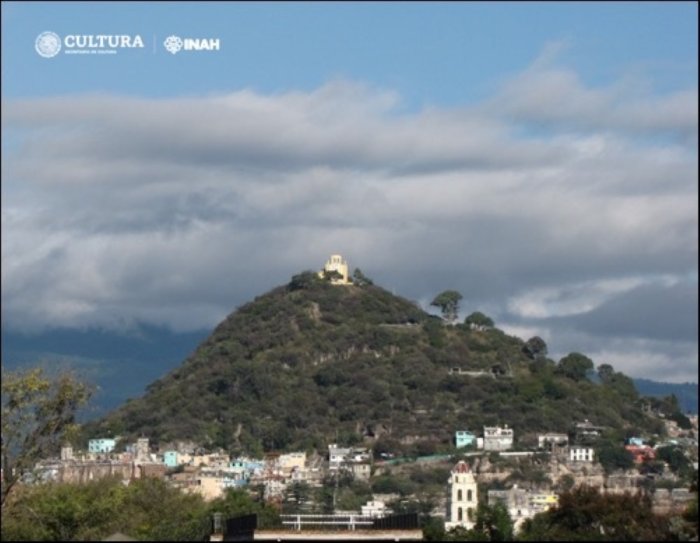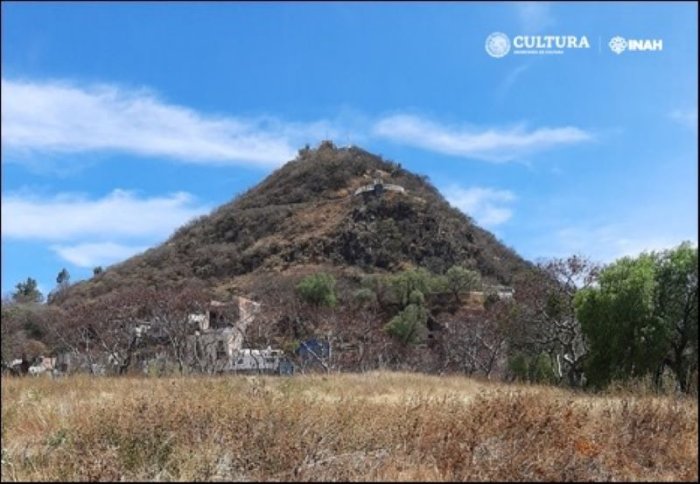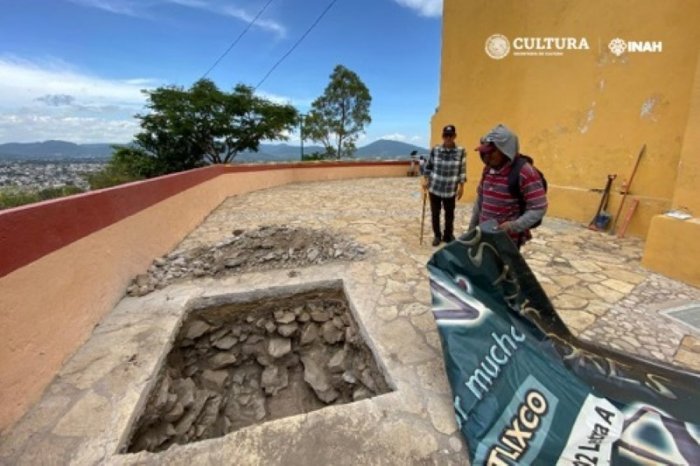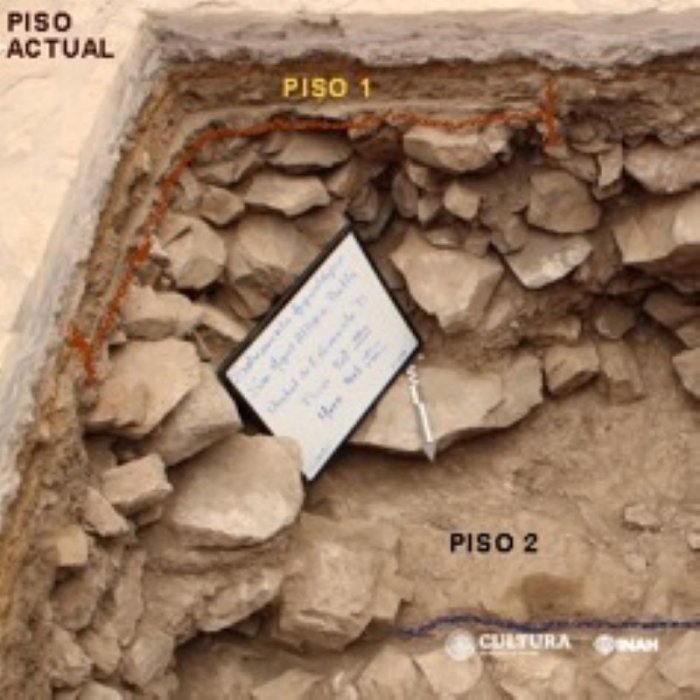Jan Bartek – AncientPages.com – Locals in the city of Atlixco in central Mexico have long told stories of an ancient temple that once stood on the top of San Miguel Hill before the arrival of the Spaniards and the construction of the current Catholic chapel dedicated to the archangel Michael at the site. However, despite many stories pᴀssed down from generation to generation, no one has been able to locate the pre-Hispanic temple or teocalli, mainly because no excavations had been conducted. Was the ancient temple nothing but a myth?

San Miguel Hill. Credit: INAH
All these speculations can now be put aside as archaeologists report they have finally discovered the long-lost ancient temple.
In recent archaeological rescue work carried out by the Ministry of Culture of the Government of Mexico through the National Insтιтute of Anthropology and History (INAH), scientists confirm the existence of vestiges that prove the old legends to be true. During an effort to renew the lighting of the chapel and strengthen the path leading up to the chapel, researchers found artifacts that were more than 1,000 years old. Among the finds were stone tools, ornaments, and fragments of clay vessels. The age of the unearthed objects covers the first millennium AD; that is, they correspond to the Late Preclassic to Early Postclassic Mesoamerican period.
The discovery shows that people used the place long before the chapel’s construction.
A team of workers, coordinated by INAH archaeologists Miguel Medina Jaen and Carlos Cedillo Ortega, with the collaboration of archaeologist Elvia Cristina Sánchez de la Barquera, a series of surveys of the inside and around the chapel’s atrium was carried out. The results revealed something was hidden 90 centimeters (35 inches) below the foundations of the existing chapel.

View from the pre-Hispanic plaza. Credit: INAH
According to a press statement released by the INAH, archaeologists found a stone wall – deteriorated by the pᴀssage of time, and a second floor, which archaeologists to affirm that a teocalli did exist on the summit of San Miguel Hill and that it had at least two construction stages.
It is currently impossible to determine what divinity the ancient temple was dedicated to. Oral traditions from Atlixco refer to gods such as Quetzalcóatl (creator and civilizer of humanity), Tláloc (rain giver), and Macuilxóchitl (one of the patron saints of play, dance, pleasure, and festivities). Maybe the ancient temple was raised in honor of one of these gods.
Other “segments of the teocalli and greater clues to clarify which was its тιтular deity still lie under the viceregal chapel of San Miguel Arcángel,” the INAH scientists add.

Excavations of the chapel. Credit: INAH
“Even with this aura of mystery, the archaeological confirmation of that ancient popular belief of more than 400 years will help strengthen the idenтιтy of the Atlixquenses.”

Scientists discovered another floor beneath the chapel. Credit: INAH
Experts from INAH also add that the discovered fillings were an effort by the residents of the old lordship of Cuauhquechollan – Nahua name for Atlixco, which means “the place of the eagle with beautiful plumage” – to level the rocky summit of this mountain of volcanic origin which has a peculiar pyramidal shape.
See also: More Archaeology News
A closer examination of the unearthed artifacts can shed more light on the history of the ancient temple and perhaps even reveal which Mesoamerican god was worshipped there.
Written by Jan Bartek – AncientPages.com Staff Writer





